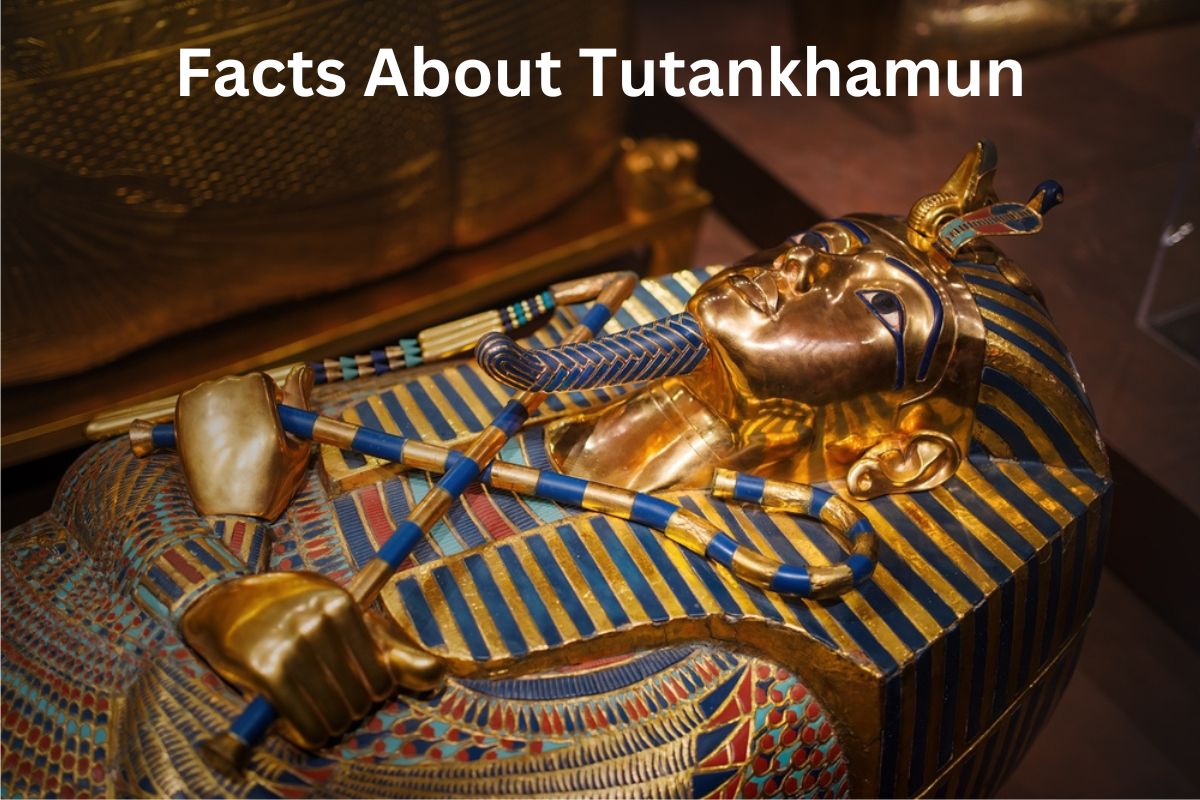Tutankhamun, also known as King Tut, was an ancient Egyptian pharaoh who ruled during the 18th dynasty of the New Kingdom period, approximately from 1332 to 1323 BC.
Despite his relatively short reign and his early death at a young age, Tutankhamun gained global fame and became one of the most well-known pharaohs of ancient Egypt.
He ascended to the throne at a tender age, and his reign marked a significant shift in religious practices and a return to the traditional polytheistic beliefs of ancient Egypt.
However, Tutankhamun’s significance in history was largely forgotten until the sensational discovery of his tomb in 1922 by the renowned archaeologist Howard Carter.
The excavation of his tomb, filled with an astonishing array of treasures, shed light on the opulence and cultural intricacies of ancient Egyptian civilization, catapulting Tutankhamun into the spotlight and captivating the world’s imagination.
This young pharaoh’s tomb, its contents, and the mysteries surrounding his life and death continue to intrigue historians, archaeologists, and enthusiasts, making Tutankhamun an enduring symbol of ancient Egypt’s grandeur and allure.
Tutankhamun Facts
1. Tutankhamun, also known as King Tut, ruled during the 18th dynasty (approximately 1332–1323 BC)
Tutankhamun, also known as King Tut, was an ancient Egyptian pharaoh who ruled during the 18th dynasty from approximately 1332 to 1323 BC.
He ascended to the throne at a very young age, around nine or ten years old, following the death of his father, Akhenaten.
Also Read: Tutankhamun Accomplishments
Due to his young age, he had several advisors and regents who aided him in governing the kingdom.
2. Tutankhamun became pharaoh at the age of nine or ten
Tutankhamun’s reign was relatively short, lasting for about ten years. It is believed that he died when he was around 18 or 19 years old. The cause of his death remains uncertain and has been the subject of much speculation.
3. The tomb of Tutankhamun is located in the Valley of the Kings near Luxor
The discovery of Tutankhamun’s tomb in 1922 by British archaeologist Howard Carter is one of the most significant archaeological finds in history. The tomb was located in the Valley of the Kings, an ancient burial site near the city of Luxor in Egypt.
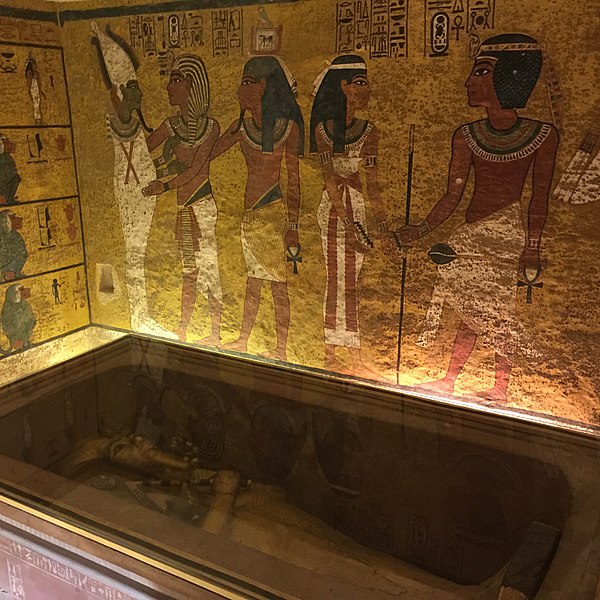
The tomb had remained undisturbed for over 3,000 years, making it a remarkable find. Carter and his team spent several years carefully excavating and documenting the contents of the tomb, revealing an astonishing array of artifacts and treasures.
Also Read: Timeline of King Tut
The tomb was unique in that it had escaped the looting and destruction that many other tombs had suffered over the centuries. The discovery generated worldwide attention and sparked a renewed interest in ancient Egyptian history and culture.
4. Tutankhamun’s tomb is one of the most significant archaeological discoveries of the 20th century
Tutankhamun’s tomb, known as KV62 (King’s Valley 62), contained a vast treasure trove of artifacts and remains one of the most remarkable archaeological discoveries ever made. The tomb was filled with valuable objects, including furniture, statues, chariots, weapons, clothing, and jewelry.
The most famous of these treasures is the golden burial mask of Tutankhamun, which weighed around 24 pounds and was placed directly over the pharaoh’s mummy. The mask is an exquisite example of ancient Egyptian artistry and has become an iconic symbol of the pharaoh’s reign
5. The famous burial mask of Tutankhamun is made of solid gold
Tutankhamun’s burial mask, made of solid gold, is adorned with precious gemstones, including lapis lazuli and obsidian.
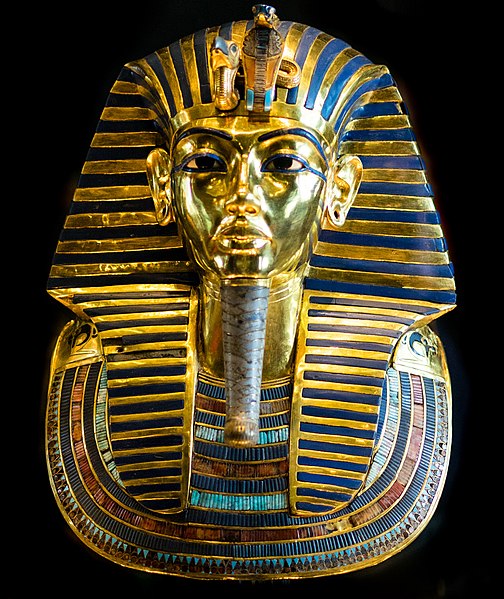
The mask was designed to resemble the idealized features of the young pharaoh, with a serene expression and a divine beard. It was intended to protect and accompany Tutankhamun’s mummified body into the afterlife.
6. Tutankhamun’s cause of death remains a subject of debate among historians and scientists
The exact cause of Tutankhamun’s death remains a subject of debate among historians and scientists. When Howard Carter initially examined the mummy, he noticed a blow to the back of the head, leading to speculation that Tutankhamun was murdered.
However, subsequent research, including CT scans in 2005, indicated that the blow occurred post-mortem, likely during the mummification process.
Various theories have been proposed, including a severe leg fracture that led to infection or complications, malaria, or a combination of factors. Despite ongoing scientific investigations, the precise cause of Tutankhamun’s death remains uncertain.
7. Tutankhamun’s parents were likely the pharaoh Akhenaten and one of his sisters
Tutankhamun’s parentage has been a topic of study and speculation. It is widely believed that his father was Akhenaten, the pharaoh who attempted to establish a monotheistic religion centered on the worship of the sun disk, Aten.
Tutankhamun’s mother’s identity is less certain, but some evidence suggests that she may have been one of Akhenaten’s sisters. The practice of sibling marriages was not uncommon among Egyptian royalty to maintain purity of bloodlines and ensure political alliances.
The close familial relationships among Tutankhamun’s parents likely contributed to the physical and genetic challenges that he faced during his short life.
8. Tutankhamun’s reign marked a return to the traditional religious practices and gods of ancient Egypt
Tutankhamun’s reign marked a significant religious shift in ancient Egypt. His father, Akhenaten, had introduced a radical religious reform by promoting the worship of a single god, Aten, to the exclusion of other deities.
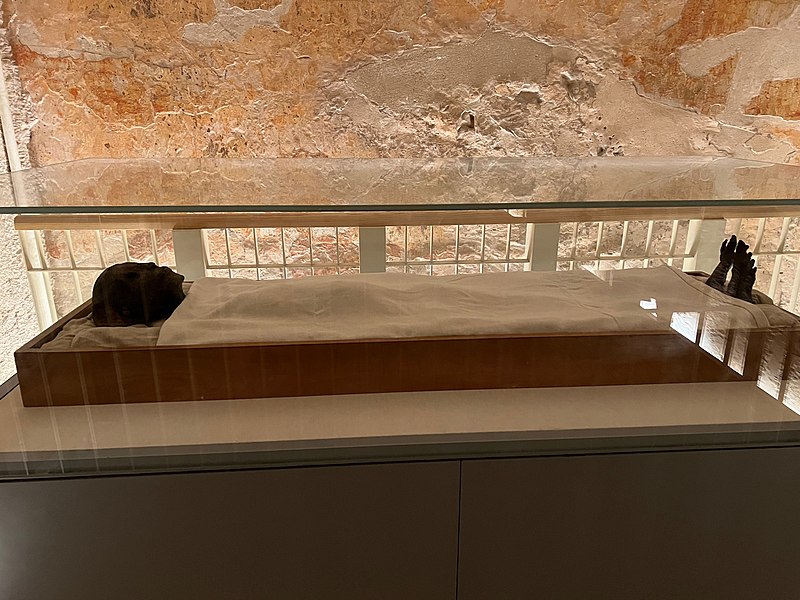
This shift from the traditional polytheistic beliefs of ancient Egypt caused upheaval and controversy among the priesthood and the general population.
After Akhenaten’s death, Tutankhamun reversed these changes and returned to the traditional religious practices centered around the god Amun. This move aimed to restore stability and appease the powerful religious establishment.
9. Tutankhamun’s original name was Tutankhaten
Originally named Tutankhaten, which means “the living image of Aten,” the young pharaoh changed his name to Tutankhamun, meaning “the living image of Amun,” after assuming the throne.
This name change reflected his dedication to the traditional religious practices and his desire to distance himself from his father’s religious reforms.
10. Tutankhamun’s tomb contained four small coffins nested within each other
Tutankhamun’s tomb contained multiple layers of coffins, each nested within the other. The innermost coffin was made of solid gold and housed the mummified remains of the pharaoh.
This elaborately decorated coffin represented Tutankhamun’s physical manifestation in the afterlife and was adorned with symbols and religious texts to aid his journey into the realm of the gods.
11. The walls of Tutankhamun’s tomb were adorned with intricate paintings depicting scenes from Egyptian mythology and the afterlife
The walls of Tutankhamun’s tomb were adorned with intricate paintings and hieroglyphic inscriptions. These depictions depicted various scenes from Egyptian mythology and the pharaoh’s journey into the afterlife.
The artwork included representations of gods, the weighing of the heart ceremony, and Tutankhamun’s own participation in religious rituals. These paintings provided valuable insights into ancient Egyptian beliefs, religious practices, and the concept of the afterlife.
They also revealed details about the role of the pharaoh and his divine connections. The exquisite artistry and attention to detail showcased in the tomb’s wall paintings are a testament to the skill and craftsmanship of the artisans of the time.
12. Tutankhamun’s tomb contained more than 5,000 artifacts
Tutankhamun’s tomb contained a vast array of more than 5,000 artifacts, offering a glimpse into the material culture and lifestyle of ancient Egypt.

Among the treasures discovered were furniture pieces, such as ornate thrones and chairs, as well as model boats, chariots, and weapons that were intended to accompany the pharaoh in the afterlife.
The tomb also contained personal items like jewelry, cosmetics, clothing, and even games. These artifacts provided valuable insights into the daily life, fashion, and recreational activities of the ancient Egyptians.
13. Tutankhamun’s burial chamber contained several canopic jars
The canopic jars found in Tutankhamun’s tomb were used in the mummification process. These jars held the pharaoh’s internal organs, which were removed during the embalming process.
The organs, including the lungs, liver, stomach, and intestines, were placed in individual jars.
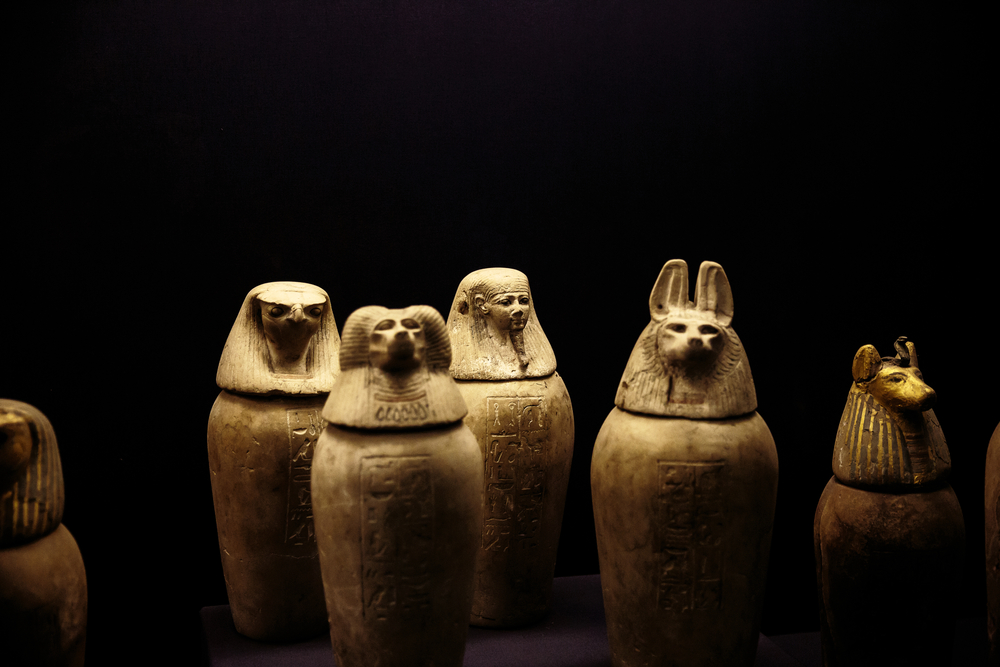
Each jar was associated with a specific protective deity known as the Four Sons of Horus: Imsety (human-headed jar), Hapi (baboon-headed jar), Duamutef (jackal-headed jar), and Qebehsenuef (falcon-headed jar). These canopic jars were meant to protect and preserve the pharaoh’s organs for the afterlife.
14. The discovery of Tutankhamun’s tomb sparked worldwide interest in ancient Egypt and fueled the “Egyptomania” craze of the 1920s
The discovery of Tutankhamun’s tomb in 1922 sparked a wave of Egyptomania, a fascination and obsession with ancient Egyptian culture. The treasures found in the tomb captivated the public’s imagination and generated worldwide interest in ancient Egypt.
The media extensively covered the excavation and subsequent exhibitions of the artifacts. The “King Tut” craze influenced various forms of art, fashion, and design, leading to a revival of Egyptian motifs and themes in the 1920s.
The legacy of Tutankhamun’s tomb and its treasures continues to captivate and inspire people’s curiosity about ancient Egypt.
15. Tutankhamun’s death and burial at a young age meant that he was largely forgotten by history until the discovery of his tomb
Prior to the discovery of his tomb, Tutankhamun was relatively obscure and forgotten in history. His reign was overshadowed by the radical reforms of his father, Akhenaten, and the subsequent pharaohs who sought to erase his memory.
Tutankhamun’s early death and the deliberate attempts to remove his name from historical records contributed to his anonymity. However, the discovery of his tomb and the remarkable preservation of its contents allowed researchers to piece together a better understanding of his life and the world in which he lived.
Tutankhamun’s reign and tomb have since become iconic symbols of ancient Egypt, representing the opulence, mystery, and allure of this ancient civilization.
